Useful information about Kanji
There are many kanji used in Japan, about 4,000 in daily life.
Many non-Japanese feel difficult when studying kanji.
These are tips you should know more about kanji to be more efficient and effective in your study Japanese.
Kun-yomi and on-yomi
Most kanji have both kun-yomi and on-yomi.
This may be confusing to non-Japanese as reading of kanji differs depending on word for one kanji.
Eventually, you should learn all kun-yomi and on-yomi for one kanji. However, you don’t need to master all readings at first step.
You just need to know main reading of kun-yomi or on-yomi at first.
There are some minor kun-yomi and on-yomi you will not encounter very often actually.
Even Japanese students learn a few main kun-yomi or on-yomi and then learn the rest and non-popular ones some years later at school.
Kanji itself has meaning
Each hiragana and katakana do not have meaning. On the other hand, Kanji itself has meaning.
That means if you master more kanji, it will be easier for you to understand meaning of sentences including that kanji. In other words, you will be able to guess meaning of words or sentences more easily if you study more kanjis.
Kanji has grouping
There are many kanjis, more than 4,000 are used in Japan. However, kanjis are categorized into some groups by 部首 bushu, radical in English.
If you know some 部首, that will be helpful to guess meaning of kanji. Please take note that you don’t need to master all 部首.
For example of ki-hen, (tree group), kanji in this group has tree (木) in kanji and it
has meaning related with tree.
林 is woods, place trees gather.
森 is forest, place with more trees than woods.
These are example of main 部首 and meaning of kanji in the group.
| 部首(Grouping) |
部首名(Grouping name) |
Meaning of kanji in grouping | Example |
| 氵 | さんずい (sanzui) | Related with water | 海(sea) 洋(ocean) 泳(swim) |
| 木 | きへん (kihen) | Related with tree | 林(woods) 森(forest) 杉(cedar) |
| 扌 | てへん(tehen) | Related with hand or motion with hand | 打(hit) 投(throw) 折(fold) |
| 亻 | にんべん (ninben) | Related with human (亻comes from 人) | 仕(engage) 代(represent) 他(other) |
| 金 | かねへん (kanehen) | Related with metal | 銀(silver) 銅(copper) 鉄(steal) |
| 口 | くちへん (kuchihen) | Related with mouth, motion with mouth | 呼(call) 吸(suck) 叫(shout) |
| 月 | にくづき (nikuduki) | Related with body | 肌(skin) 肥(fat) 肺(lung) |
You will see kanji in that group has something in common meaning.
So if you do not know the meaning of kanji, you can guess meaning.
Step by step
You may be confused many kanjis and many kunyomi and onyomi for one kanji…
But don’t worry, we Japanese also starts from zero, writing kanji, studying reading and learning words and phrases with that kanji.
And we study many times for one kanji and it takes some time to master it.
So you should know you also need to study step by step.
Be patient and keep learning!
This is another post about How to master kanji.
How was this post?
If you like this or feel this is useful, please share on Facebook and retweet on Twitter!
If you wanna join Leo Sensei’s group on Facebook, click Facebook mark on top or bottom and send friend request to me. You can get updated information and ask me freely about Japanese language and culture and so on.
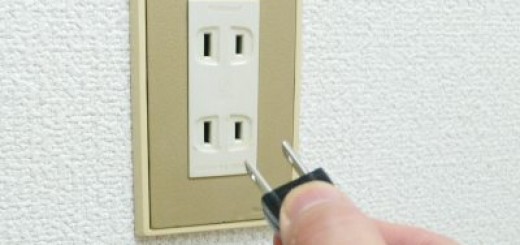
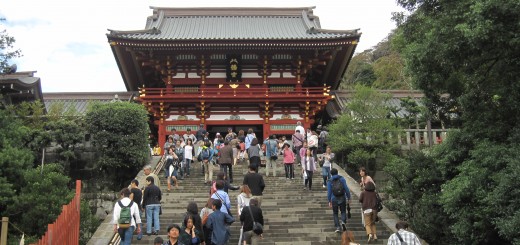

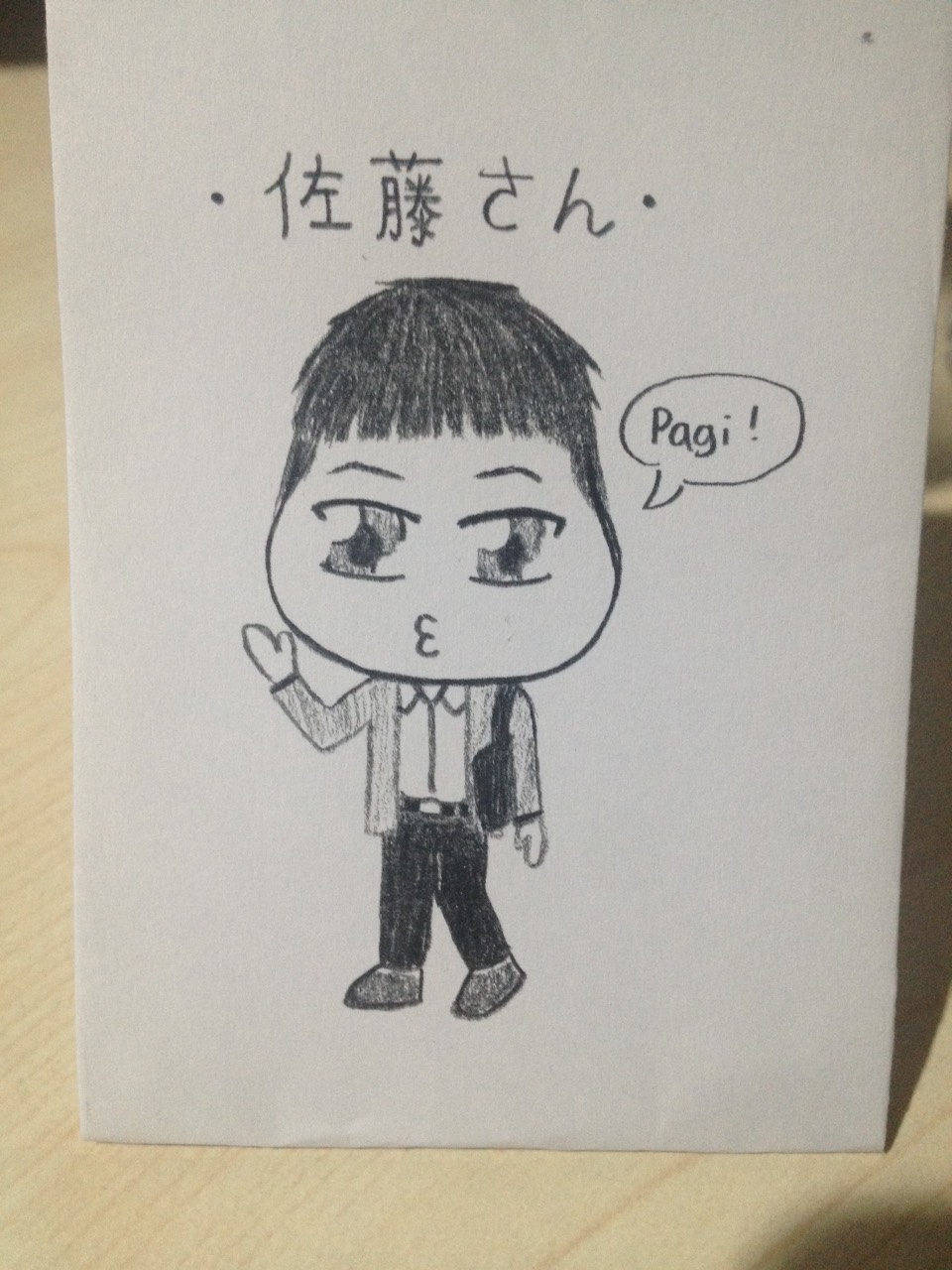


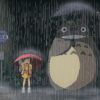
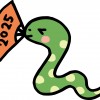
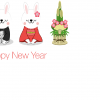





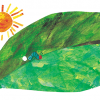

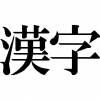

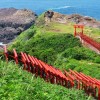
Sensei..i hope to see also for n4 kanji..thank you so much..